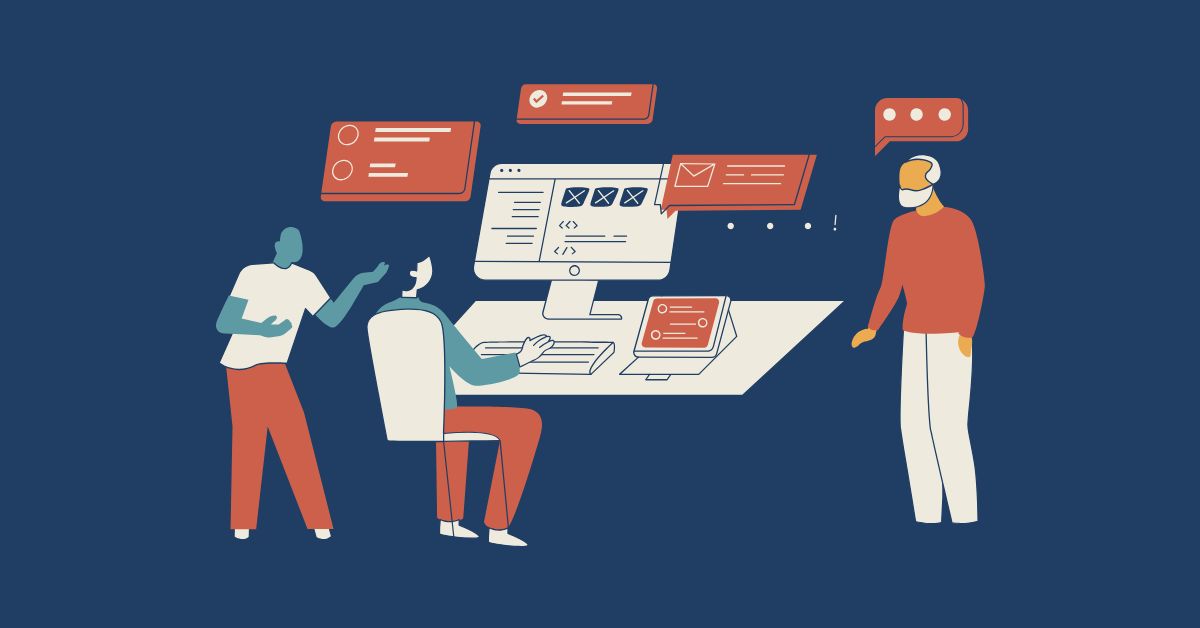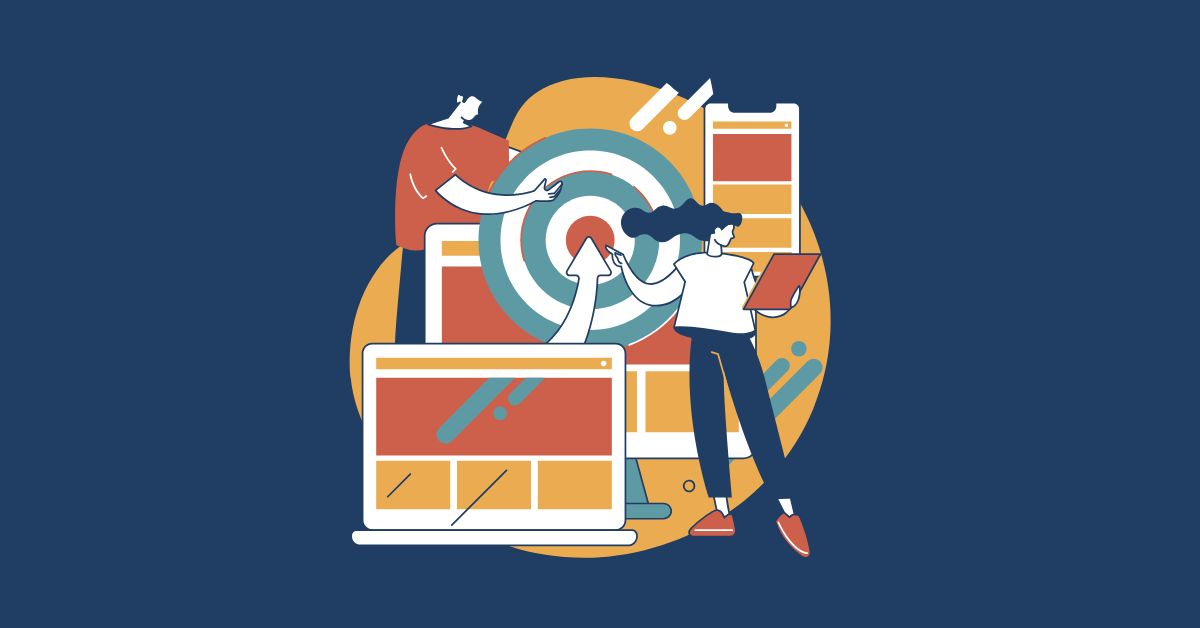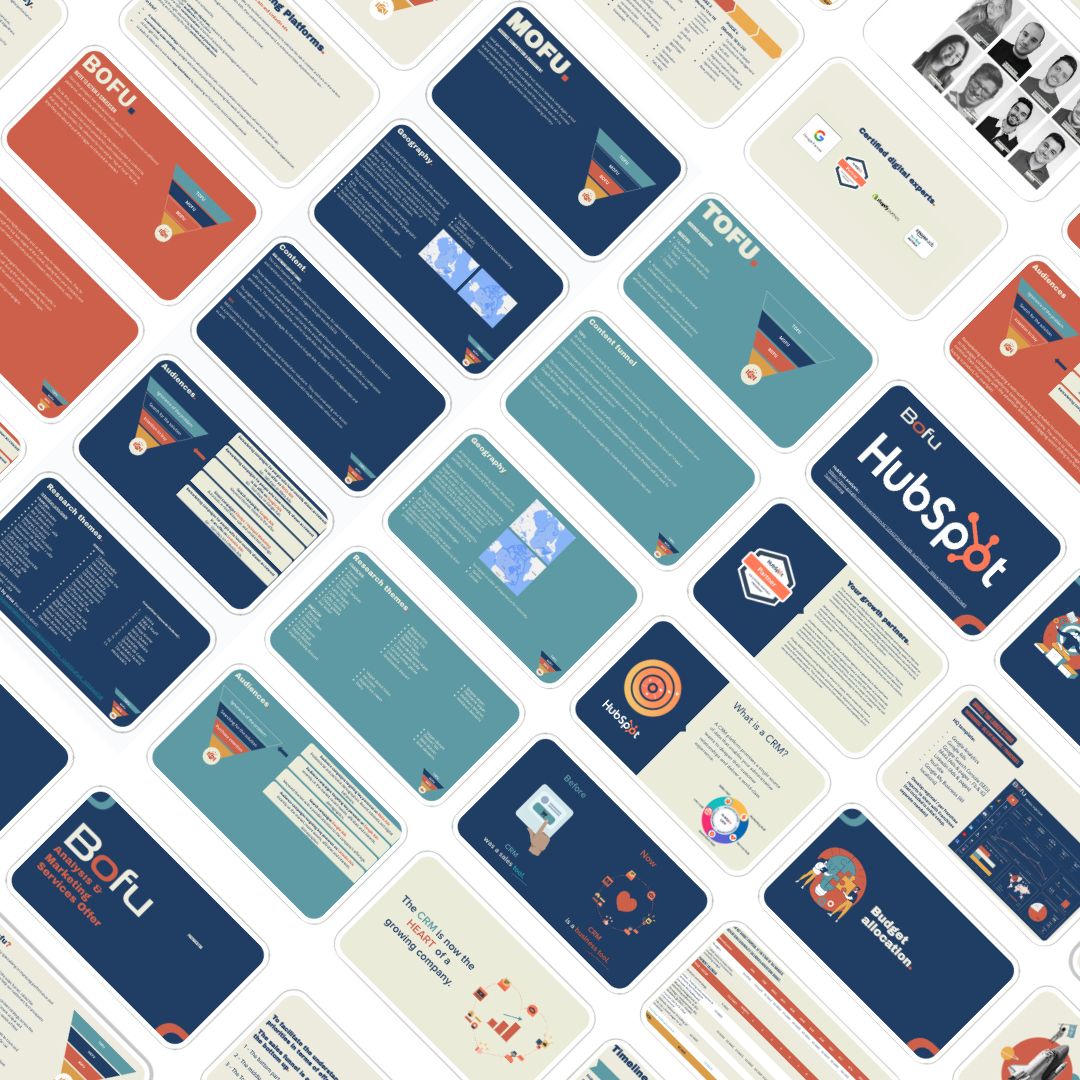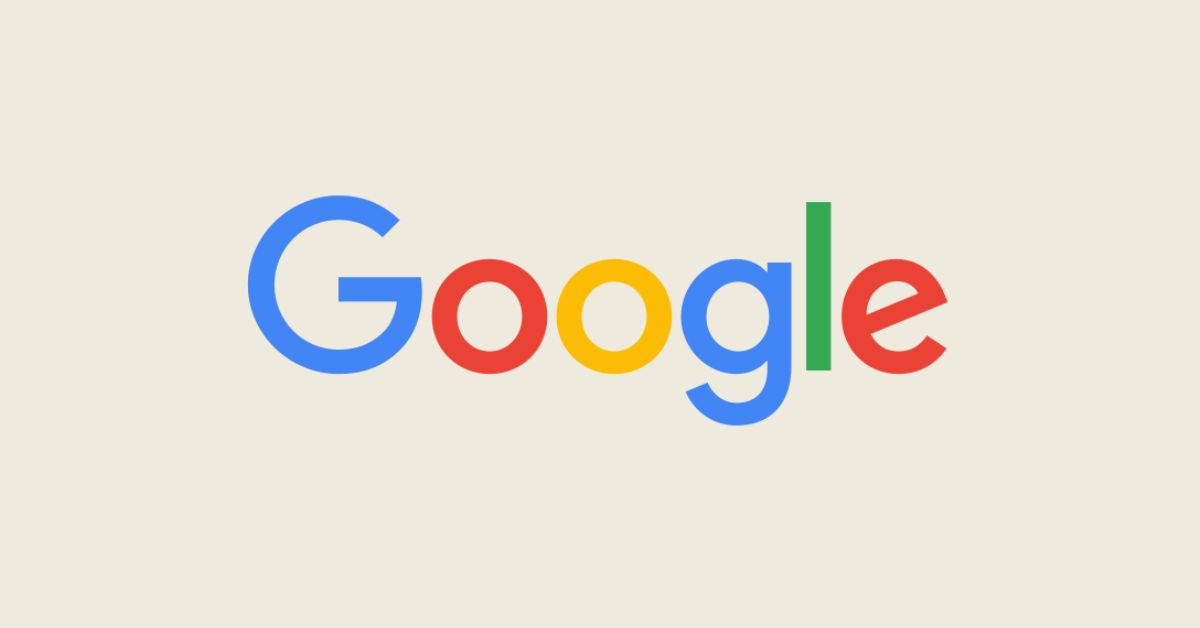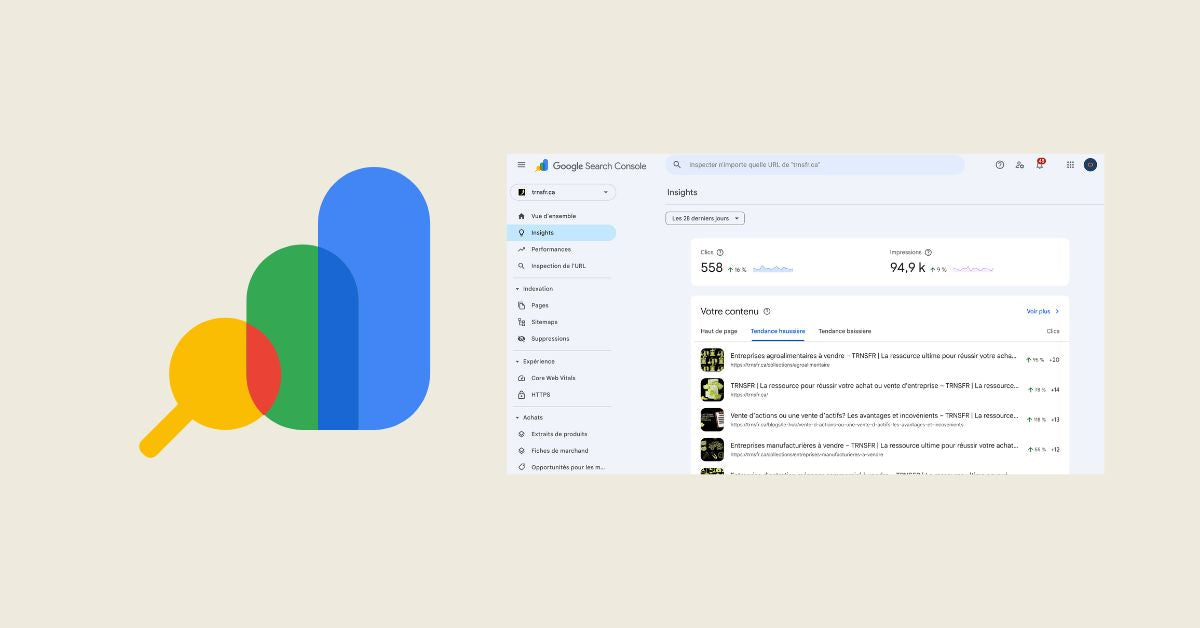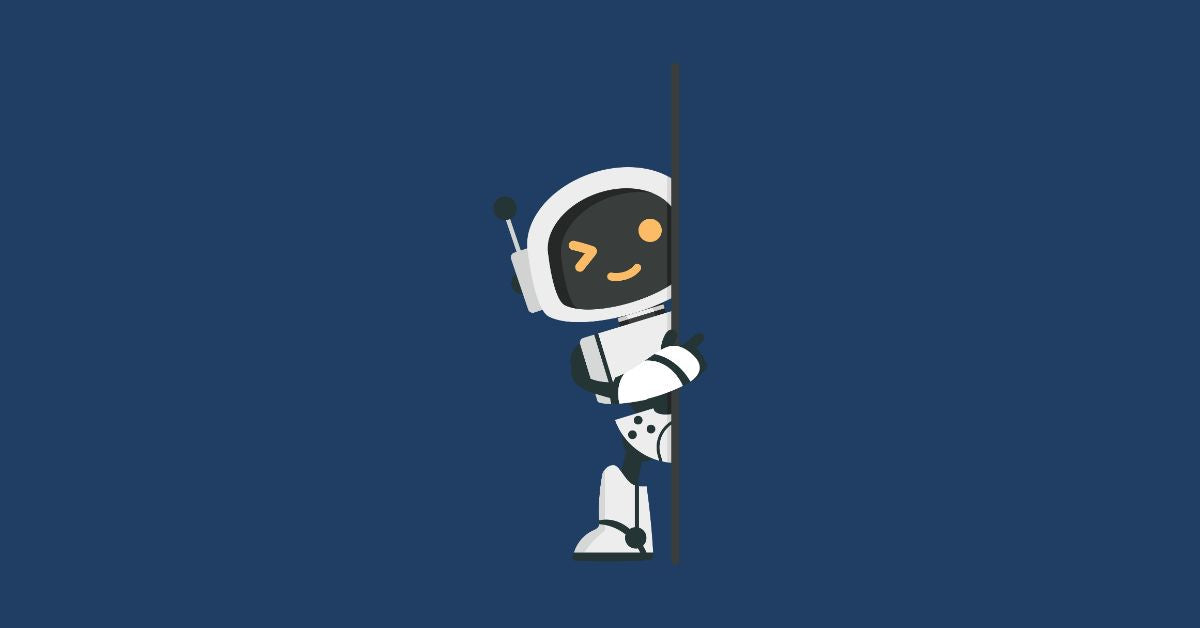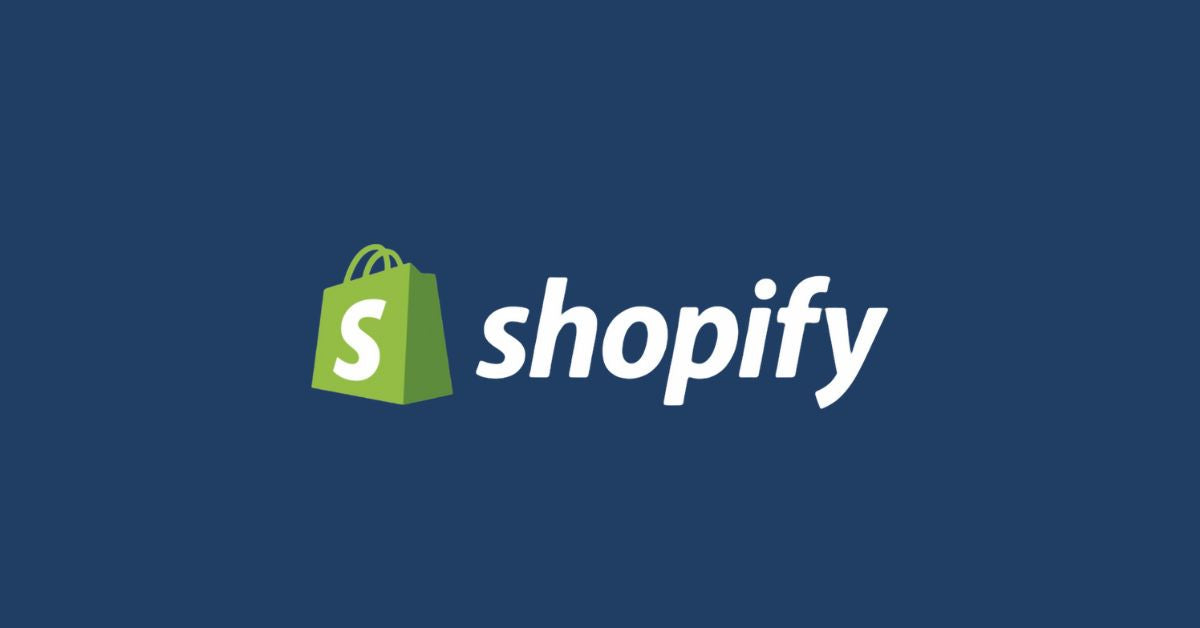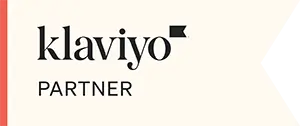In a world where competition is fierce, retaining customers has become as important—if not more so—as acquiring new ones. And for good reason: it's estimated that acquiring a new customer costs 5 to 7 times more than retaining an existing one.
This is where loyalty programs come in. These sometimes underestimated marketing tools can make a real difference in the growth and profitability of a business, whether it's a restaurant, e-commerce, or service company.
Create a habit…and reward it
The idea is simple: the more a customer returns, the more they are rewarded. This gesture, which may seem symbolic, has a direct impact on purchase frequency, average basket size, and brand loyalty.
Take Mr. Puffs and its Puff Points program, for example. Every purchase earns points that can be redeemed for products. Customers practically become regulars by default—especially since the program is integrated into their app, making the experience seamless and engaging.
The same logic applies to Metro , with its Metro & Me program, which rewards purchases with dollars in points and adapts its offers based on purchase history. A simple, but very effective approach to encouraging repeat business.
Go beyond discounts
A good loyalty program isn't just about offering discounts. It can also send targeted offers, provide exclusive access, and offer non-transactional benefits.
This is what makes Sephora so strong, for example, with its Beauty Insider program. Loyal customers are entitled to private events, birthday gifts, and even VIP status upon reaching a certain purchase level. This type of recognition fosters a sense of belonging to the brand.
A gold mine of data
Another often underestimated benefit: loyalty programs allow you to collect extremely valuable data on customer behavior. Visit frequency, favorite products, seasonality, etc. This information allows you to segment communications, personalize offers, and optimize marketing campaigns.
And this is far from anecdotal: according to Medallia , 86% of customer experience professionals believe that loyalty will become a key performance indicator by 2025. Yet, more than half of companies still consider that their loyalty program has little real impact ( source ) — often due to a lack of innovation or personalization.
Focus on people, not just transactions
Loyalty isn't just about points or discounts. It's built over time, through recognition, a consistent customer experience, and shared values.
According to CustUp , 74% of customers would like brands to also reward their responsible behavior (recycling, ethical choices, etc.). This is an opportunity for companies to move away from the purely transactional model and offer a more sustainable approach.
Some good practices to remember
• Clarity and simplicity : the operation must be understandable in less than 30 seconds.
• Personalization : Offers should reflect customer preferences.
• Omnichannel integration : The program must work online, in-store, and on mobile.
• Measurement : It is essential to track the right metrics (lifetime value, retention rate, engagement).
How to structure an effective loyalty program?
Implementing a loyalty program is great. But it also needs to be well-structured, easy to understand, and truly motivating for customers. Here are some popular models that work in different industries, along with concrete ideas for building your own strategy.
1. The dot model: simple, flexible and universal
This is the most widespread, and for good reason: it works well in almost every industry. The customer accumulates points based on their purchases or actions (e.g., $1 spent = 1 point), and can then redeem them for rewards.
Why it works: There's a sense of rapid progression, clear value, and it's easily integrated into most sales platforms.
Examples:
• Mr. Puffs ' Puff Points program allows customers to collect points with every purchase and earn free products.
• The Metro & Moi program rewards purchases with points convertible into dollars, with personalized offers sent weekly.
2. The status model: gamifying loyalty
This model is based on the idea of tiers or levels. The more loyal a customer is, the more exclusive benefits they unlock. It's a way to reward the best customers while encouraging others to "level up."
Why it works: Progression is motivating, the experience becomes more personalized, and the benefits become more compelling over time.
Example :
Sephora 's Beauty Insider program offers three loyalty levels, with escalating rewards based on annual spending, ranging from access to private events to exclusive gifts.
3. Reward something other than the purchase
Modern programs are no longer limited to transactions. They can also reward positive behaviors: leaving a review, referring a friend, sharing a post on social media, or even choosing more sustainable options.
Why it works: We create a richer experience and strengthen the emotional connection with the brand.
Examples of actions to reward:
• Write a Google review
• Share an Instagram story
• Opt for carbon-neutral delivery
• Take a quiz or survey
• Refer a friend who completes an order
4. The paid subscription model
Rather than waiting for loyal customers, some companies offer an annual (or monthly) subscription plan to provide immediate access to exclusive benefits.
Why it works: The customer is committed from the start, which strengthens their loyalty and increases their chances of returning more often.
Examples:
• Starbucks Rewards (US version) combines in-app payments, bonus points, free drinks, and personalized offers.
• Online grocery services, such as “click & collect,” may offer free delivery or slots reserved for premium members.
5. Create a community around the program
A loyalty program can also be an opportunity to create a sense of belonging. By incorporating community elements (voting for the next product, collective goals, exclusive events), you strengthen the customer's emotional involvement.
Why it works: Customers feel like they're part of something bigger than just consuming.
Ideas to try:
• Group Challenges: “If 5,000 members buy this month, everyone gets a surprise.”
• Community Vote: Members choose the next fragrance, design, or product
• Online events reserved for loyalty members (product launch, live Q&A)
Common mistakes to avoid in a loyalty program
Even with a good initial idea, many loyalty programs fail to generate real profits. This isn't necessarily because the idea is bad, but often because its execution lacks clarity, appeal, or follow-through. Here are the pitfalls to avoid to ensure your efforts pay off.
One of the first obstacles is complexity. If your program requires too much explanation, or if the customer has to think to understand what's in it for them, they're likely not going to buy in. The simpler it is, the better. The customer needs to know at a glance how they're accruing benefits and what they can do with them.
Another common mistake: offering rewards that are unappealing or too difficult to achieve. If your customers have to make 10 purchases before earning a minimal discount, they'll quickly lose interest. Rewards should feel accessible and offer real perceived value—whether it's savings, recognition, or access to something exclusive.
A loyalty program that's too generic can also be ineffective. Sending the same offer to all your customers doesn't take into account their purchasing habits, preferences, or history. A little personalization—even basic—can make a big difference in engagement.
It's also important to keep your program alive. A static system, without animation or innovation, risks becoming invisible to your customers. Consider incorporating points reminders, member-only promotions, exclusive events, or one-off surprises. The goal is to maintain an active relationship, not simply passively accumulate data.
Another often overlooked aspect is the on-the-ground team. Whether in-store, on the phone, or on social media, your employees need to fully understand the program so they can explain and promote it. Without internal training, you're missing out on valuable opportunities to engage customers from the very first contact.
Finally, don't forget to measure the program's performance. What concrete results have you observed since its implementation? Are members buying more often? Are they more engaged? Too many companies launch a program and then forget about it, without tracking the metrics that would allow it to be improved or prove its profitability.
And finally, a word on technology: a good loyalty program should ideally be integrated into your digital environment (website, CRM, point of sale system). Tools like Smile.io , Rise.ai or TapMango can greatly simplify management, while automating repetitive tasks.
Comparison of loyalty technologies
Ideal industry(s) : Ecommerce, Shopify
Points for : Canadian company, well integrated with Shopify, easy to use
Cons : Fewer advanced features without a paid plan
Ideal industry(s) : Retail, restaurants
Points for : Toronto-based, SMB-friendly, mobile app included
Cons : Longer initial implementation
Ideal Industry(s) : Retail, Franchises
Points for : Quebec company, omnichannel, good local support
Cons : Interface sometimes less intuitive
Ideal Industry(s) : Fitness, Yoga Studios
Points for : Popular in English Canada, easy to integrate with CRMs
Cons : Few e-commerce options
Ideal industry(s) : Local commerce
Points for : Ease of use, good for small businesses
Cons : Not very customizable
Ideal industry(s) : Cafes, small businesses
Points for : Simple system for customers, iPad friendly
Cons : Not very scalable for chains
Ideal industry(s) : Restaurants, QSR
Points for : Good mobile experience, integrated customer feedback
Points against : No French version
Ideal industry(s) : E-commerce, fashion, beauty
Points for : Shopify compatible, good marketing integrations
Cons : Quite expensive for SMEs
Ideal industry(s) : Ecommerce, Shopify
Pros : Great for gift cards, easy automation
Cons : Less suited to personalized experiences
Ideal industry(s) : Small businesses, cafes
Points for : Very easy to install solution, good for getting started
Cons : Limited features
Ideal industry(s) : SaaS, e-commerce
Points for : Compatible with modern dev environments
Cons : No ready-made interface
Ideal industry(ies) : Retail, luxury
Points for : Advanced program based on status and emotional loyalty
Points against : Technical complexity
Ideal industry(s) : E-commerce, services
Points for : Powerful analytics, multi-tier support
Cons : Less used in Canada
Ideal industry(s) : Small businesses
Points for : Simplicity, POS compatible
Cons : Less flexible for online businesses
Ideal industry(s) : Cafes, salons, shops
Points for : User-friendly interface, easy to launch
Cons : Less known in the Canadian market
Ideal industry(s) : Local businesses
Points for : Digital cards via Apple/Google Wallet
Cons : Limited features
Ideal industry(s) : Retail, e-commerce
Points for : Marketing automation + loyalty
Cons : More expensive for small volumes
Ideal industry(ies) : Local businesses
Points for : Accessible core curriculum
Points against : Less active recently
Ideal industry(s) : Shopify, ecommerce
Points for : Made in Canada, very easy to implement
Cons : Lack of advanced customization
Ideal industry(ies) : Restaurants, gas stations
Points for : Canadian business, gift cards and loyalty
Cons : More traditional interface
What we remember
Loyalty programs are no longer just marketing bonuses. They're tangible growth levers, capable of transforming a satisfied customer into a loyal one, and then into an ambassador. And in a fiercely competitive environment, it's often this loyalty that makes all the difference.
Competition is fierce in the restaurant world. To stand out from the crowd, invest in a comprehensive restaurant marketing strategy tailored to your goals, concept, and target audience.

